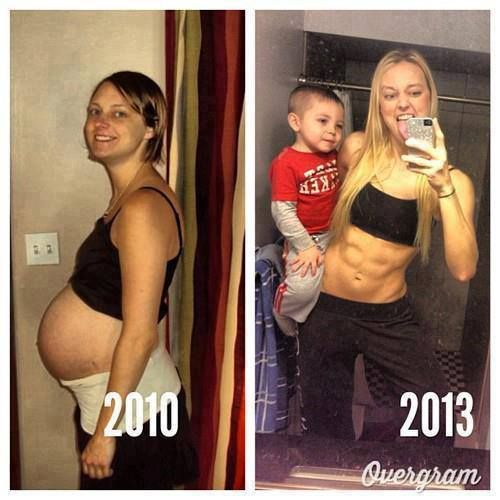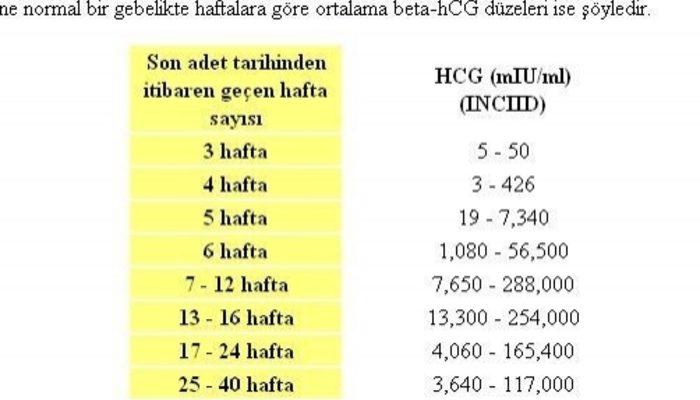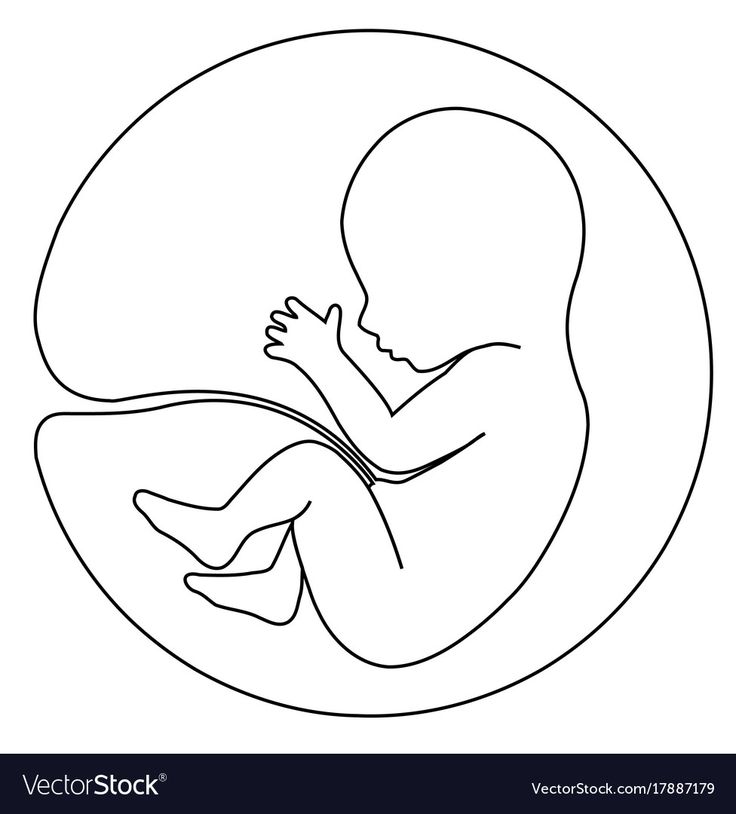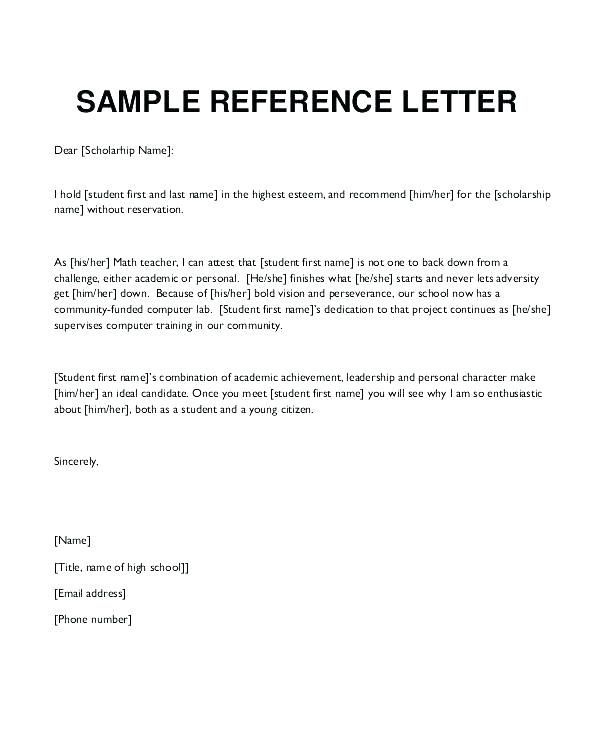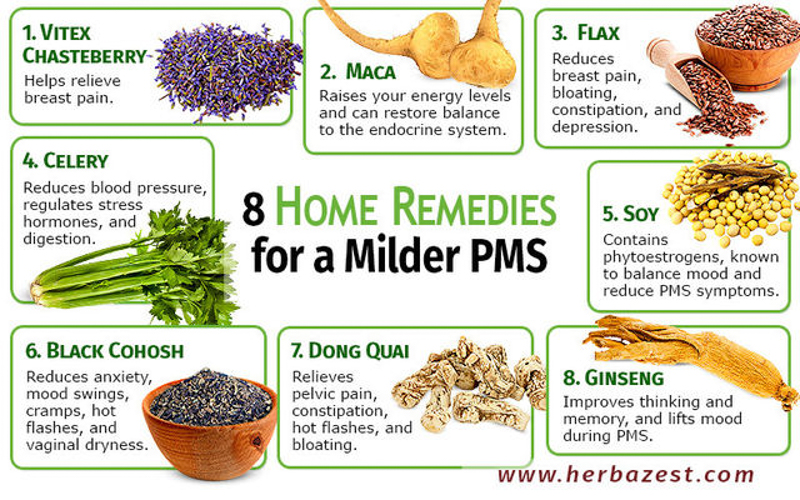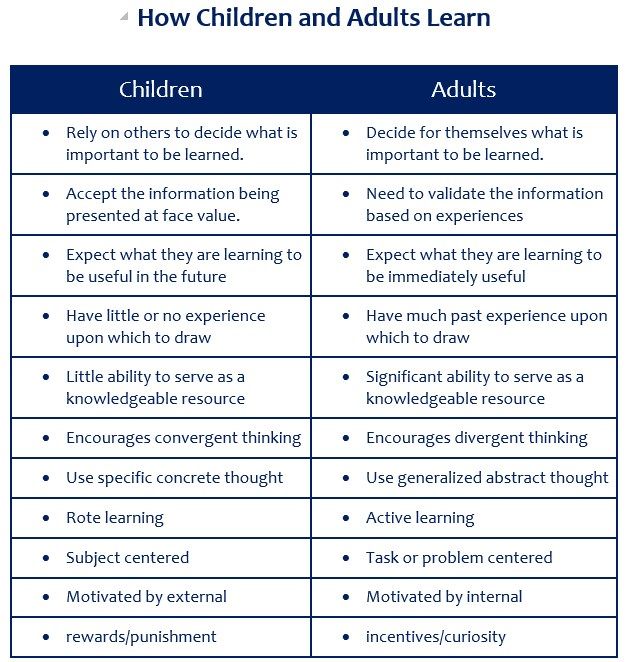Men breast feeding baby
Can men lactate? Whether men can produce milk
The short answer is no, in general men can't lactate or breastfeed. There are some exceptions, though.
Some transgender men and nonbinary people nurse their babies (and use the term chestfeeding or bodyfeeding rather than breastfeeding). If transgender men have chest/top surgery to alter or remove mammary tissue, it may affect their ability to lactate. Trans women, on the other hand, may have a regimen of feminizing hormonal drugs as treatment, which may help with breast tissue development and the potential for breastfeeding.
Chestfeeding can mean nursing at the breast, but it can also mean using a tube attached to the nipple to feed a baby formula or human milk (supplemental feeding). Chestfeeding may also be used for non-nutritive sucking – in other words, for comfort rather than nutrition.
Can men produce milk?
Men don't normally produce milk. In fact, very few male mammals lactate spontaneously.
There are references in literature to men lactating, and a widely circulated story of a Sri Lankan man who breastfed his baby girl after his wife died. Experts question whether these instances did, in fact, exist. Those that did, they suggest, might have been a result of a rare condition, such as a pituitary tumor (the pituitary is a small gland at the base of the brain that produces hormones).
Newborns (male and female) sometimes lactate because of an excess of hormones from their mom's body. And children of both sexes sometimes lactate a bit when they go through puberty – thanks to a rush of hormones. But these conditions are temporary.
Why can't men lactate?
Men do have the anatomy necessary for lactation (nipples, mammary glands, and pituitary glands). What they don't have are the prolactin levels necessary to stimulate the mammary glands to produce milk. Their mammary tissue also doesn't develop at puberty like it does in females.
While men do produce some of the hormone prolactin, women have much higher levels – and those levels surge even further during pregnancy and after delivery, in preparation for breastfeeding.
It's possible for male prolactin levels to surge, too. It might happen because of hypothyroidism, which affects the pituitary gland. There have also been instances of medications – such as the antipsychotic chlorpromazine (Thorazine), steroids, or the heart medication digoxin (Lanoxin) – causing increased prolactin levels in men.
Advertisement | page continues below
Other reasons for a potential spike in prolactin include a pituitary tumor or liver problems, such as cirrhosis of the liver. There have been cases of starvation causing lactation in prisoners of war. One explanation is that liver suppression caused by starvation resulted in a buildup of prolactin (because the liver normally filters hormones from the bloodstream).
Theoretically, it might be possible for a man to be given enough supplemental hormones (injections of estrogen and prolactin, for example) to induce lactation. But there would be many side effects, and it hasn't been well studied.
We don't know if the milk men produce would be similar, nutritionally and in immunity-boosting components, to the breast milk that women produce. One study of a man who produced breast fluid concluded that the concentrations of lactose, proteins, and electrolytes were similar to the colostrum and milk from lactating women.
One study of a man who produced breast fluid concluded that the concentrations of lactose, proteins, and electrolytes were similar to the colostrum and milk from lactating women.
Can men stimulate milk production by pumping?
It doesn't seem like it. So far there have been no successful attempts documented of men producing breast milk by pumping.
Relactation (producing milk again after stopping breastfeeding) and induced lactation (producing milk if you've never breastfed) is possible for women. It takes patience, a commitment to pumping, and sometimes supplementation with formula.
It may be possible for men to pump and receive hormone therapy in order to mimic a woman's post-pregnancy body, but there would likely be significant side effects and there are no studies to support the safety of doing this.
One study reports successful induced lactation by a trans woman who took feminizing hormonal medication – estradiol, progesterone, spironolactone, and domperidone (which is off the market in the U.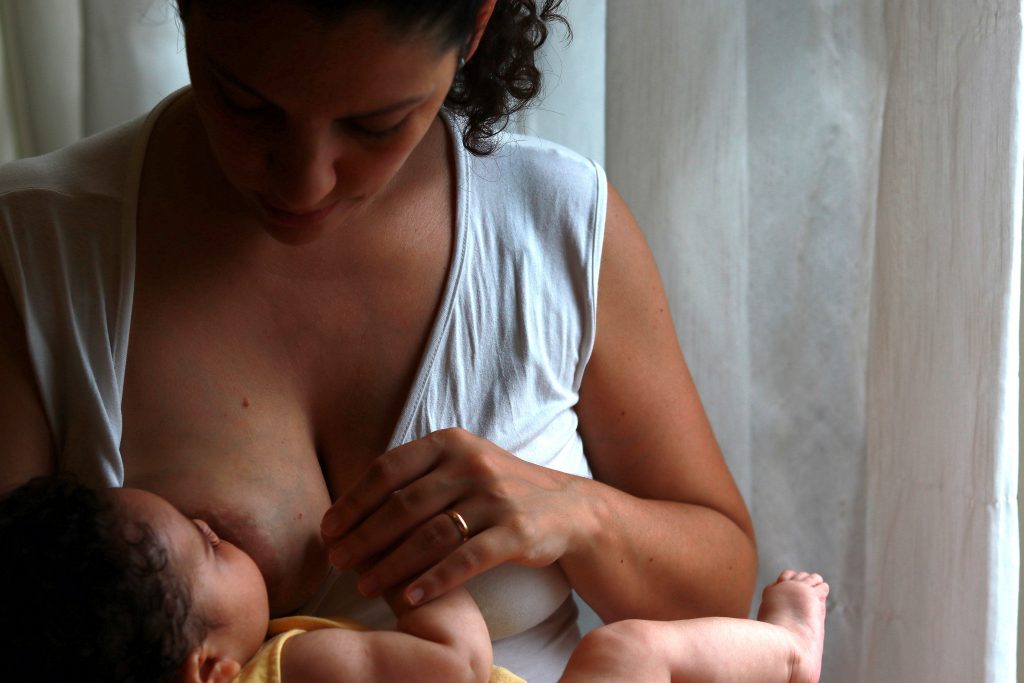 S.) – in addition to regular nipple stimulation.
S.) – in addition to regular nipple stimulation.
Why do males have nipples?
Both males and females develop similarly in the womb up to a certain point (until about 9 weeks pregnant, when sex differences develop). This includes nipple development. But at puberty – thanks to hormones – females develop breast tissue and an ability to produce milk, while males don't.
It's controversial, but some argue that men's nipples are helpful for men who wish to nurse their babies for comfort. The men in the Aka tribe of central Africa – who share the hunting, camp scouting, and childrearing duties with women in the tribe and are very close to their children – do just that, reports anthropologist Barry Hewlett.
Even without producing milk or nursing, there are ways men and partners can help with breastfeeding. Burping a baby after breastfeeding or giving a baby a bottle of breast milk are just two examples. Read our tips for dads and partners on bonding with your baby for more.
Learn more:
- Breastfeeding tips and tricks
- How your body makes breast milk
- Choosing to formula feed
Breastfeeding Dads Are Possible With This New Device
Even when partners want to divide parenting duties equally, breastfeeding can make it tricky. It’s simply not possible for fathers to take on nursing duty—but what if there was such a thing as breastfeeding dads?
At the SXSW festival in Austin, Texas, Dentsu (a tech firm from Japan) showcased its new breastfeeding system known as the Father’s Nursing Assistant
The wearable device lets dads feed babies as mom would, and promotes skin-to-skin contact between fathers and infants. One of the fake “breasts” holds the milk or formula and the other contains the nipple system, so the baby can only nurse on one side. The device doesn’t just feed the baby, it also tracks data about the baby’s nursing sessions and transmits the info to the dad’s smartphone.
According to Dentsu, the device was created with “advice from pediatricians and babysitters, who say that babies tend to touch the breast with their hands when feeding and that the softness seems to soothe them, the product has been shaped to resemble a woman’s breasts. ”
”
It’s not for sale yet, but it will be interesting to see if the device’s appearance at SXSW prompts more innovation in skin-to-skin systems for dads, and breastfeeding dads.
Meanwhile, a design student in the UK, Marie-Claire Springham, has invented a “chestfeeding” kit that could help fathers induce lactation and nurse their babies. The invention won the Grand Trophy prize at the Meaning Centred Design Awards 2018, and Springham hopes to make it available to consumers within five years.
The kit contains a pump and a compression vest, and it also contains hormones. Fathers-to-be would start taking progestin as soon as they learned they’re going to be a dad, and six weeks before the due date they’d start taking domperidone, which would trigger hormones to start milk production.
When baby arrives, mom and dad could take turns nursing and pumping.
During a recent television appearance on Good Morning Britain Springham explained that she designed the kit as an empathy tool.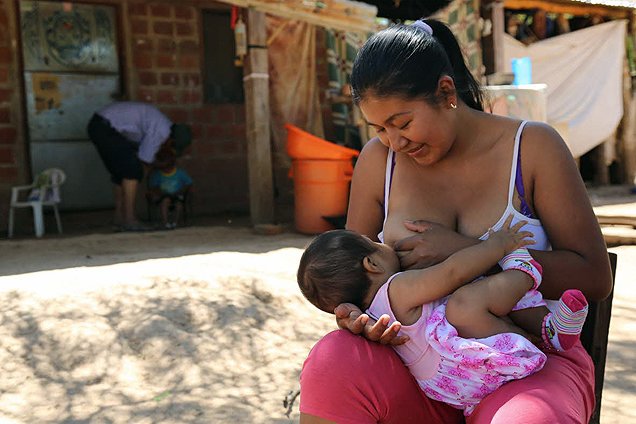 “I was looking at post-natal depression and I learnt so much, particularly that it occurs in men and the main cause of that is the feeling of being left out,” she explained.
“I was looking at post-natal depression and I learnt so much, particularly that it occurs in men and the main cause of that is the feeling of being left out,” she explained.
“I read a lot of heartfelt accounts, the dad comes home all ready to be Super Dad and the baby’s not interested because the baby’s attracted to the smell of breast milk and that’s what mum smells like,” she continued.
Springham has received plenty of backlash regarding her invention, with media personalities including Piers Morgan (who is also pretty famously against dads wearing Baby Bjorns) ridiculing it.
View this post on Instagram
A post shared by Ginger Design Studio (@ginger_designstudio)
But Julie Jenson Bennett, the CEO of Precipice Design and jury chair of the Meaning Centred Design Awards was impressed by Springham’s kit, and sees potential. “It challenges the fundamental meanings of male and female, father and mother, parent and child. At a time when we increasingly use hormones, medication and technology to change the life options available to us, Marie-Claire’s design concept goes right to heart of our taboos,” says Bennett.
“It challenges the fundamental meanings of male and female, father and mother, parent and child. At a time when we increasingly use hormones, medication and technology to change the life options available to us, Marie-Claire’s design concept goes right to heart of our taboos,” says Bennett.
The idea of fathers taking hormones to stimulate milk production may be new, but the benefits of breastfeeding dads feeding and connecting with their babies through skin-to-skin contact isn’t.
Dads have been hacking their own chestfeeding kits using bottles (so without the hormones) for a long time, and some dads have even been able to “nurse” their babies using supplemental feeding systems (basically a tube and suction cup attached to the nipple).
Springham estimates it will take about five years before her kit could be in the hands of consumers, but it could be a game-changer for families struggling with infant feeding.
It’s not going to appeal to all dads, but it would be cool for them to have the choice if they wanted to try it.
In the meantime, fathers can help out their breastfeeding partners by supporting them. Just sitting with them, getting them a glass of water, or doing the laundry that she can’t do because she’s nursing are all forms of support.
Researchers note that “paternal emotional, practical and physical supports [have been] identified as important factors to promote successful breastfeeding and to enrich the experience for the mother and subsequently the father.”
Registered Midwife CJ Blennerhassett previously told Motherly that while couples often imagine sharing the baby duties equally, in reality the nursing parent will be doing the majority of work involved in the feeding. “Partners and members can find other ways to support that workload,” Blennerhasset says. “That’s okay.”
[A version of this post was originally published February 27, 2019. It has been updated.]
You might also like:
- Dad goes viral for ‘breastfeeding’ while mama recovered from C-section
- The Rock proves how dads can support a breastfeeding mama
- This dad’s bottle-feeding hack is genius—and hilarious
Can a man produce milk and breastfeed
In short, no. If men could produce milk and breastfeed, women would not miss the chance to delegate part of the feeding of the baby to the man. Men do not lactate, although their anatomy has everything for breastfeeding. We explain why this happens and what are the exceptions.
If men could produce milk and breastfeed, women would not miss the chance to delegate part of the feeding of the baby to the man. Men do not lactate, although their anatomy has everything for breastfeeding. We explain why this happens and what are the exceptions.
Irina Obraztsova
Legion-Media
The man has a nipple and mammary glands. What prevents him from breastfeeding and is it possible to induce lactation in him? Here's what the scientists say0003
Contents of the article
Can a man produce milk
Most men are unable to produce breast milk. In general, male mammals in extremely rare cases spontaneously lactate.
There are references in the literature to men breastfeeding, such as the widespread story of a Sri Lankan who breastfed his daughter after the death of his wife. Experts doubt the reality of this story. They suggest that isolated cases of male feeding may be the result of a rare health problem, such as a tumor of the pituitary gland (a small gland at the base of the brain that produces hormones).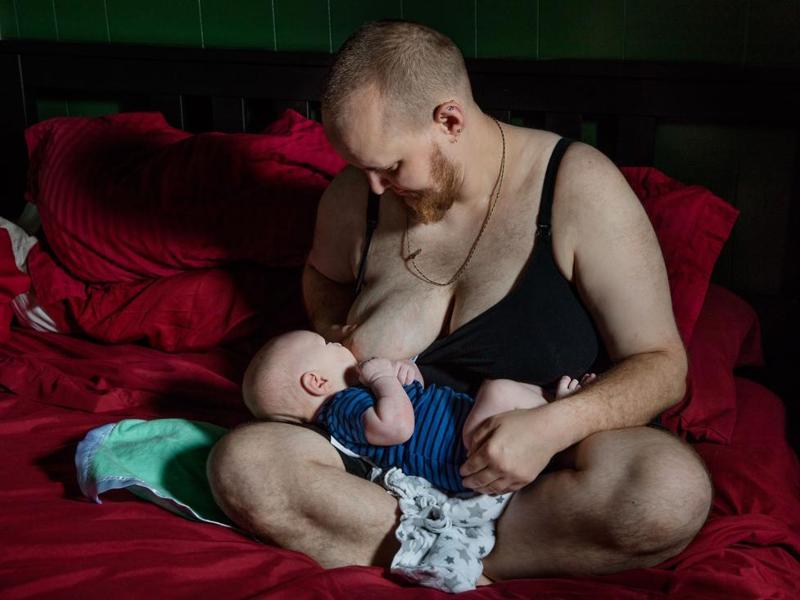 nine0003
nine0003
Newborns (boys and girls) sometimes have milk drops on swollen nipples due to excess mother's hormones after birth (girls still have newborn periods). After all the mother's hormones leave the child's body and the work of their own hormonal system is established, these phenomena stop. Also, children of both sexes sometimes lactate a little during puberty due to the rush of hormones. But this is a short-term temporary condition, which is not observed in adults. nine0003
Why can't men breastfeed?
Oddly enough, the male anatomy has all the conditions for breastfeeding: the mammary glands, nipples and the pituitary gland responsible for the production of prolactin, the hormone of lactation. However, the male endocrine gland does not produce enough prolactin to stimulate the mammary glands to produce milk. And during puberty, boys do not grow breasts and develop "milk" tissues, as girls do. nine0003
The small amount of prolactin that is normally produced by the male pituitary gland is involved in the production of testosterone, affects the formation of spermatozoa and is responsible for regulating reproductive functions.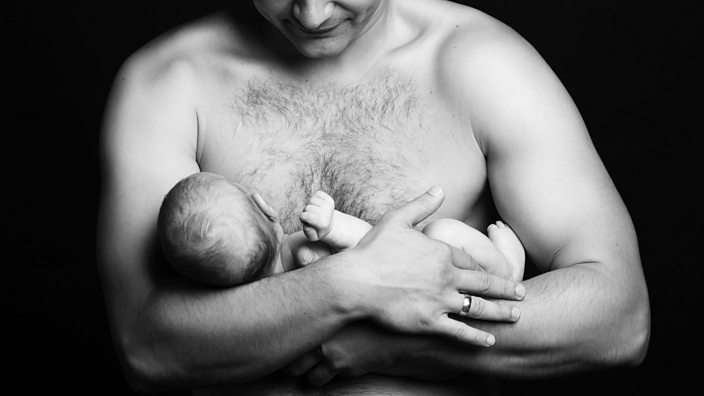 In women, the level of prolactin is much higher, during pregnancy it increases even more and reaches a peak after childbirth at the beginning of breastfeeding.
In women, the level of prolactin is much higher, during pregnancy it increases even more and reaches a peak after childbirth at the beginning of breastfeeding.
What increases prolactin production in men?
One of the common causes of a sharp increase in the hormone prolactin in men is hypothyroidism. This disease affects the pituitary gland and can trigger a hormonal surge. Also, certain medications can stimulate the production of the lactation hormone in men: the antipsychotic chlorpromazine (Thorazine), steroids or the heart drug digoxin (Lanoxin), as well as large doses of the anti-ulcer ranitidine and anti-nausea drugs containing domperidone, such as Motilium. It is sometimes used by women with feeding problems to increase milk production. nine0003
Other possible causes of a prolactin surge include a pituitary tumor and liver problems such as cirrhosis. In history, cases of lactation of starving prisoners of war are known.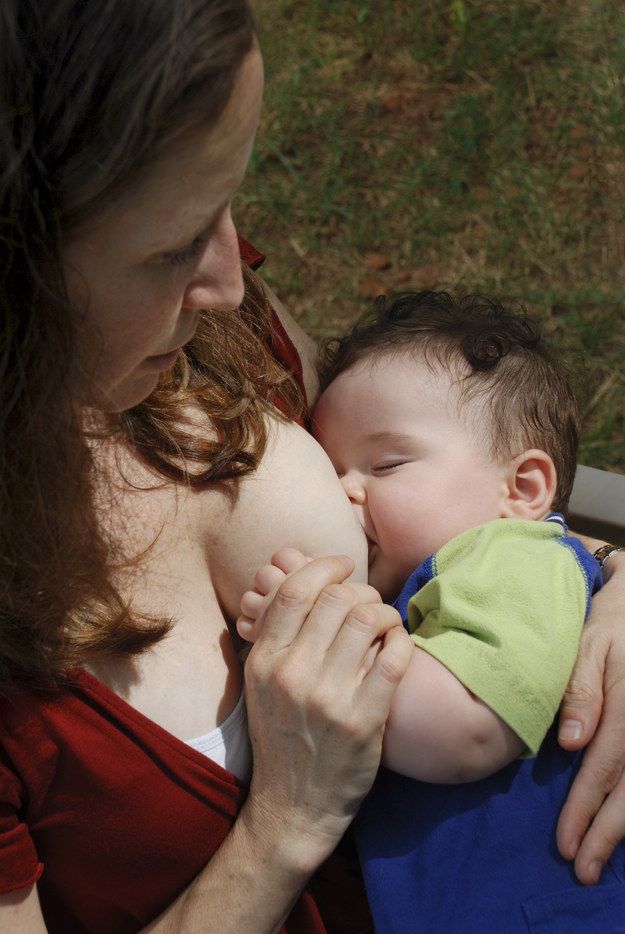 The explanation is this: the suppression of liver function caused by starvation led to the accumulation of prolactin (since the liver normally filters hormones from the bloodstream).
The explanation is this: the suppression of liver function caused by starvation led to the accumulation of prolactin (since the liver normally filters hormones from the bloodstream).
It is theoretically possible to induce lactation in a man with large doses of hormones, for example, with the help of injections of estrogen and prolactin. However, it will certainly cause a lot of side effects. This type of hormonal therapy is not performed and has not been studied. nine0003
We do not know if the milk produced by men will be similar in nutritional value and composition to human breast milk, or if it will contain components to strengthen the immune system and help in the digestion of infants. However, anecdotal studies in this area exist: scientists studying the breast fluid of one man concluded that the concentrations of lactose, proteins and electrolytes in it were similar to colostrum and milk of lactating women.
Can men stimulate milk production by pumping? nine0014
No successful attempts to stimulate male lactation by pumping have been found. Women, on the other hand, are capable of relactation (restoration of milk production after the completion of feeding) and induced lactation, that is, the production of milk by a breast that has never breastfed. There are many cases when, for example, a grandmother or a foster mother fed a baby with her breast. These processes are quite laborious, require patience, constant pumping and sometimes supplementation with formula or donor milk, but they are quite possible. nine0003
Women, on the other hand, are capable of relactation (restoration of milk production after the completion of feeding) and induced lactation, that is, the production of milk by a breast that has never breastfed. There are many cases when, for example, a grandmother or a foster mother fed a baby with her breast. These processes are quite laborious, require patience, constant pumping and sometimes supplementation with formula or donor milk, but they are quite possible. nine0003
To bring the body into the state of a woman who has just given birth, a man will need to both pump many times a day and receive hormone therapy. Such experiments are fraught with side effects and there are no studies confirming the safety of such interventions.
One study reported successful induced lactation in a trans woman who was taking feminizing hormone drugs—estradiol, progesterone, spironolactone, and domperidone (not sold in the US)—in addition to regular nipple stimulation. nine0003
nine0003
Why do men have nipples?
Embryos develop in the same way in the womb up to a certain point (until about the 9th week of pregnancy, when sex differences appear). Including, their nipples grow. But during puberty - thanks to hormones - women develop breast tissue and the ability to produce milk, while men do not.
There are also controversial claims that nipples are a necessary tool for men who want to breastfeed their children. Men in the Aka tribe in Central Africa, who share hunting, camping and child-rearing responsibilities with the women of the tribe and are very close to their children, are doing just that, says anthropologist Barry Hewlett. nine0003
Even without milk production and breastfeeding, men can help mothers with breastfeeding. For example, taking on the responsibility of carrying a baby after feeding to spit up or feeding a baby with a breast milk bottle - there are many options for mutual assistance in raising a child, and partners can agree without using dangerous experiments on a male body that is not adapted for feeding.
youtube
Click and watch
Can men breastfeed?: sadcrixivan — LiveJournal
?- Children
- Cancel
 In 2002, a Sri Lankan man, B. Wijeratne, lost his wife and was left with an 18-month-old daughter. The baby refused to drink artificial formula, and Wijeratne decided to try feeding himself. "I couldn't see her cry anymore and offered my own breasts," Wijeratne told a local newspaper. "That's how I found out that I could breastfeed."
In 2002, a Sri Lankan man, B. Wijeratne, lost his wife and was left with an 18-month-old daughter. The baby refused to drink artificial formula, and Wijeratne decided to try feeding himself. "I couldn't see her cry anymore and offered my own breasts," Wijeratne told a local newspaper. "That's how I found out that I could breastfeed." Vijeratne's case is not unique. Theoretically, all men can breastfeed, because they have two necessary conditions for lactation - the mammary glands and the pituitary gland. The mammary glands that produce milk are found in all mammals, regardless of gender, and are their defining characteristic. In some species, such as mice, the male mammary glands are so underdeveloped that they cannot function. However, all people, regardless of gender, have fully formed mammary glands, milk ducts, and nipples. nine0003
Of course, in order for a person to breastfeed, these glands must first be activated. In women, this process usually occurs during pregnancy, when the pituitary gland in the brain begins to produce large amounts of the hormone prolactin, which prepares the breasts for milk production.
All men produce small amounts of prolactin during their lifetime. For example, prolactin is released after orgasm and may be associated with feelings of satisfaction and relaxation after sex. It's just that usually men have too little prolactin to allow them to breastfeed. nine0003
However, under certain psychological circumstances, the brain may require the body to start producing this hormone. This happens, for example, to mothers of adopted babies who unexpectedly discover that they can breastfeed. And as the cases described by Dr. Gould and Dr. Pyle demonstrate, in similar circumstances the same can happen to men.
From:
http://www.mentalfloss.com/
Tags: any
Subscribe
-
SE Smith “The best advocacy is self-interest advocacy”
The original article is here. There is a tendency for certain groups of people to call themselves lawyers on some issue or…
-
Why historically same-sex marriage was impossible… and same-sex marriage too
when a state law was passed legalizing same-sex.



